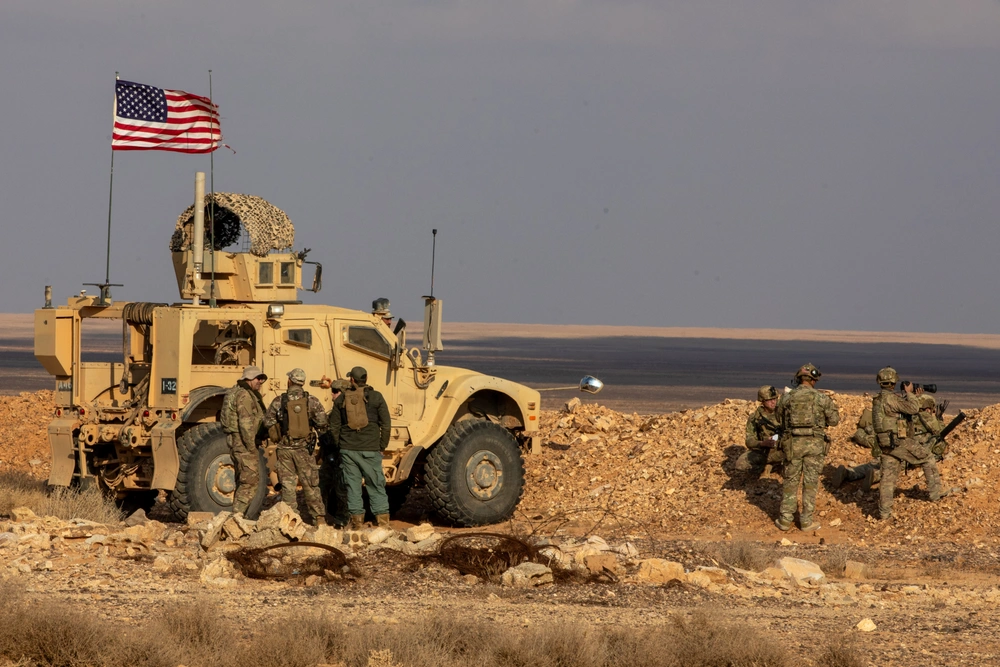Already a subscriber? Make sure to log into your account before viewing this content. You can access your account by hitting the “login” button on the top right corner. Still unable to see the content after signing in? Make sure your card on file is up-to-date.
The Pentagon is officially moving forward with a drawdown of US forces in Iraq.
Some shit you should know before you dig in: If you’re unaware, the United States currently has approximately 2,500 troops in Iraq. These troops are primarily engaged in non-combat roles, including training, advising, and supporting Iraqi security forces in ongoing efforts to prevent an ISIS resurgence. Occasionally, US special forces based in Iraq will conduct counterterrorism operations, usually with Iraqi security forces.

What’s going on now: In a notable development, Pentagon officials speaking to AP confirmed that the US has started withdrawing troops from certain key bases in Iraq, including Baghdad and Ain al-Asad airbase in western Anbar province. This move is part of a formal drawdown plan that comes from a 2024 agreement between the US and Iraq to wind down the US-led coalition mission against ISIS by September 2025. The plan outlines a phased approach: first, ending the coalition’s combat mission and beginning base departures, and then restructuring the US presence into a more conventional bilateral security relationship with Iraqi forces.
According to Pentagon spokesperson Sean Parnell, the shift is due to the “combined success in fighting ISIS” and is designed to transition the US role from combat support to strategic partnership. According to reports, a significant portion of the remaining American troops will relocate to Erbil, in the Kurdish region of northern Iraq, where the focus will shift toward supporting operations in neighboring Syria and maintaining regional intelligence coordination. No exact timeline for full withdrawal has been released, and officials have not disclosed how many troops have left to date.
US officials say that Iraqi forces are now capable of handling the ISIS threat within their borders without direct American combat involvement. Pentagon officials have stressed that this transition is not an abandonment but a recalibration designed to maintain stability while reducing the footprint of US forces in areas that have long been flashpoints for attacks from Iran-backed militias.
This all comes as Iraqi political leaders have been under significant pressure to push for a full US withdrawal, particularly during the Biden administration. Powerful factions within Iraq, especially those backed by Iran, have long viewed the American military presence as a provocation and a magnet for instability.







